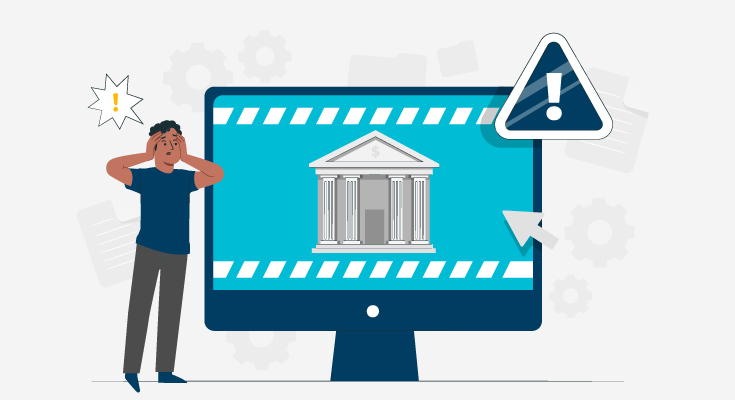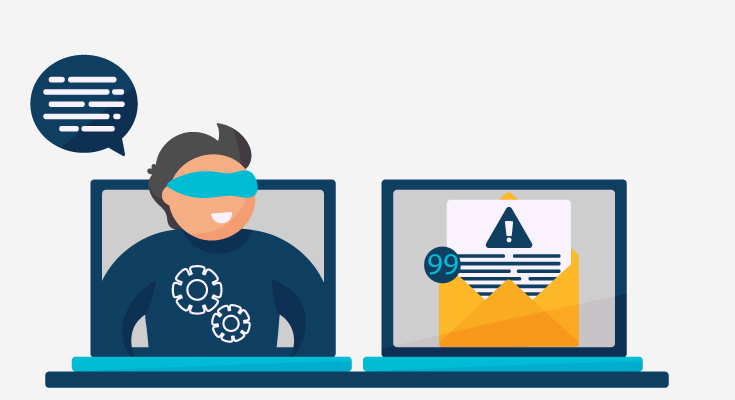Hyper personalization is a game changer for businesses looking to improve customer lifecycle and fraud management. 7 out of 10 consumers expect a personalized experience from businesses. But, the current personalization methods are full of gaps.
Businesses that use digital marketing to acquire and serve customers are the ones moving towards hyper-personalization. Hyper-personalization is a supercharged version of personalization that uses real-time customer data, AI, automation & predictive behavior analysis. The results are different for companies that use real-time personalized customer experiences.
Several banks, financial institutions, and other finance businesses are also looking to step up their personalization program.
If done right, hyper-personalization is the key to fraud management and fraud prevention. Hyper-personalization has the power to transform the consumer’s experience of fraud controls. As it uses a data-centric approach, banks, and other businesses will be able to implement strong fraud controls across the customer journey.
This is essential as fraudsters have become a part of every single customer-business touchpoint. There are thousands of ‘moments’ in a customer journey where a decision will be able to figure out whether a fraud, a scam, or a legitimate activity is taking place.
Using Data To Take Right Decisions
Whenever businesses come across an event that can be fraud, several decisions can be made to determine whether the activity is legitimate or fraudulent. The series of decisions can be:
- Is it a new device?
- Is an OTP needed?
- Is there a risk of a SIM swap?
- Is a biometric check needed?
- Is the customer moving money using a unique channel?
To find answers about these decisions, there are multiple datasets about the customer, their accounts, their email, their mobile, their biometrics, etc. To deliver a hyper-personalized experience, the right data and insight must be delivered to the right decision, at the right time to enhance the customer experience.
Current fraud prevention methods tend to focus only on the negative indicators from the database and these negative indicators point towards a potential fraud or scam event.
Getting Rid of Functional Silos
For businesses to achieve hyper-personalization, the context needs to be available across all points through the customer journey. Fraud solutions with banks and financial services are too often deployed in isolation from other touch points in the customer journey. While the fraud prevention journey should be a part of the entire customer journey, the current methods are separate.
The decisions that need to be made and the treatment paths that are taken should be interlinked and consistent throughout the customer journey.
This will better inform the next best decision, whether it is about declining or holding payment, and how they communicate with the customers often.
Make Your Customer a Part of the Fraud Department
Customers play the biggest role in the fraud prevention process. Having clear & consistent communication is a crucial element for this hyper-personalization to work.
With the rise of communication channels, more and more customers have received a communication that they believe was a scam. Traditional strategies such as post-transaction verification checks delivered via message is delivered through SMS are usually ineffective.
During a scam, the person initiating the transaction is a legit customer, and a simple “Is this you?” can only met with an affirmation. There’s no option to highlight if the legit user is under the control of a fraudster who may be telling them to ignore such messages.
Every bank and financial institution should have ‘moments’ of intervention where a customer has the opportunity to change a customer’s course of action. The channel, clear messaging, and the timing of the intervention have to be right.
According to data, customers respond better to a series of timely conversational messages that are clear and relevant, instead of a single ‘Yes or No’ text.
By delivering the right message at the right time, through the right channel, hyper-personalization will help organizations get rid of noise and deliver customers exactly what they need.








